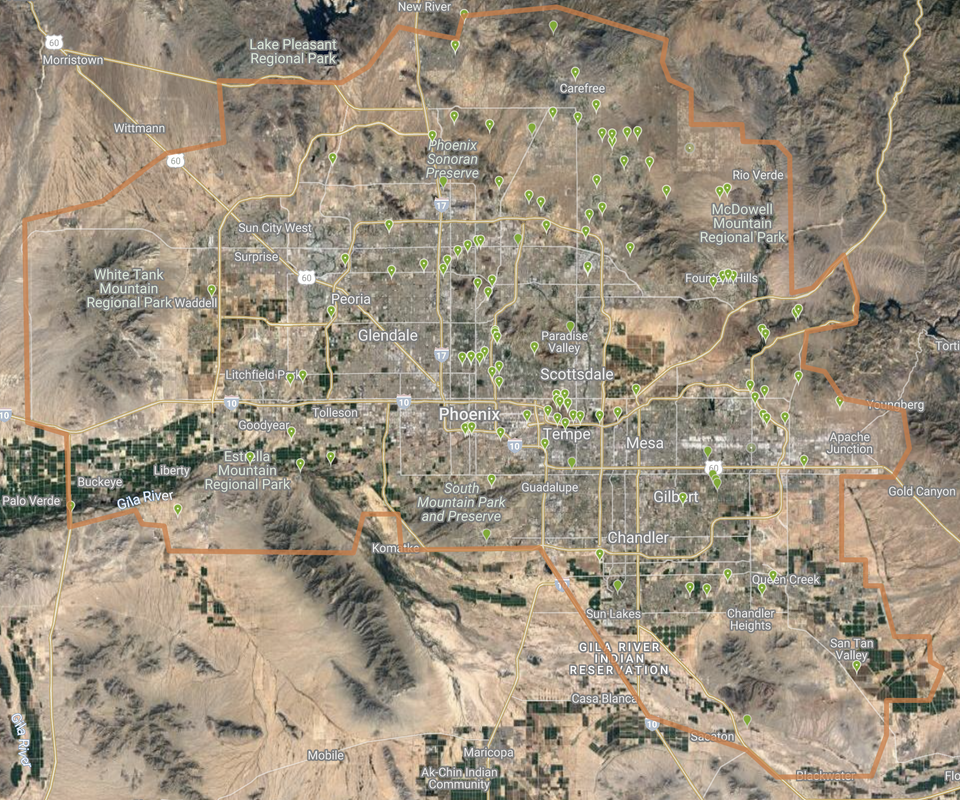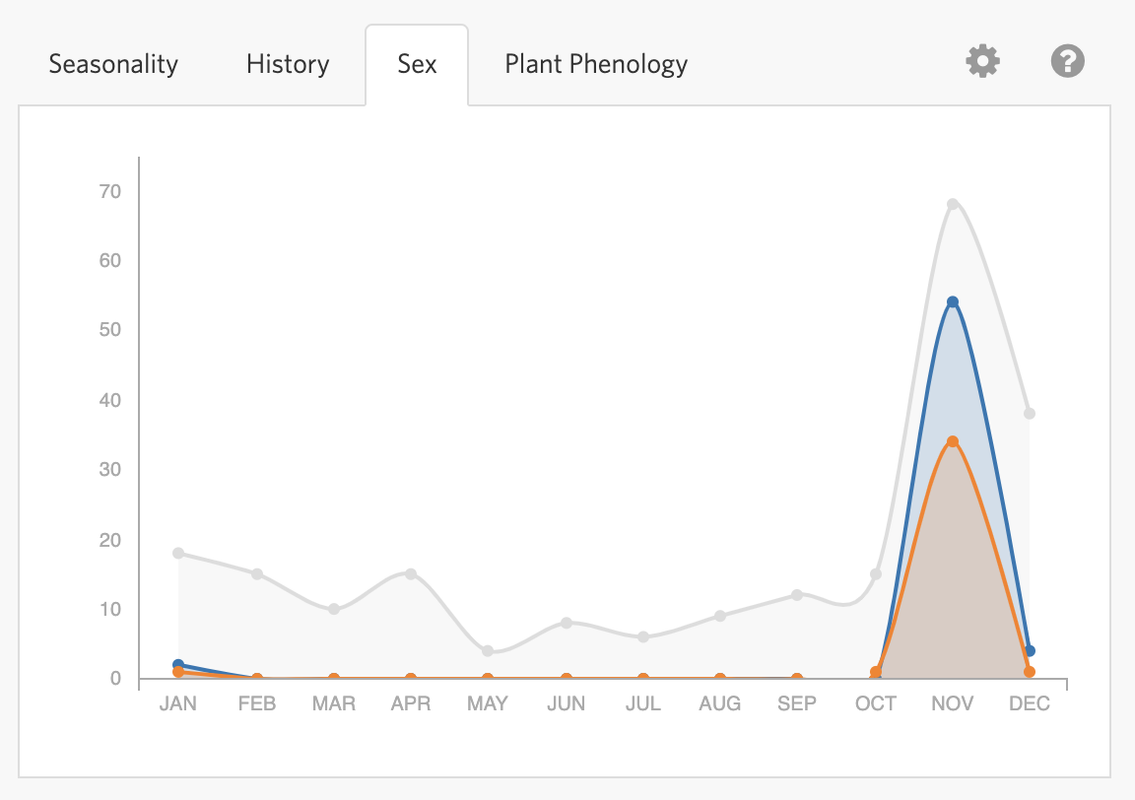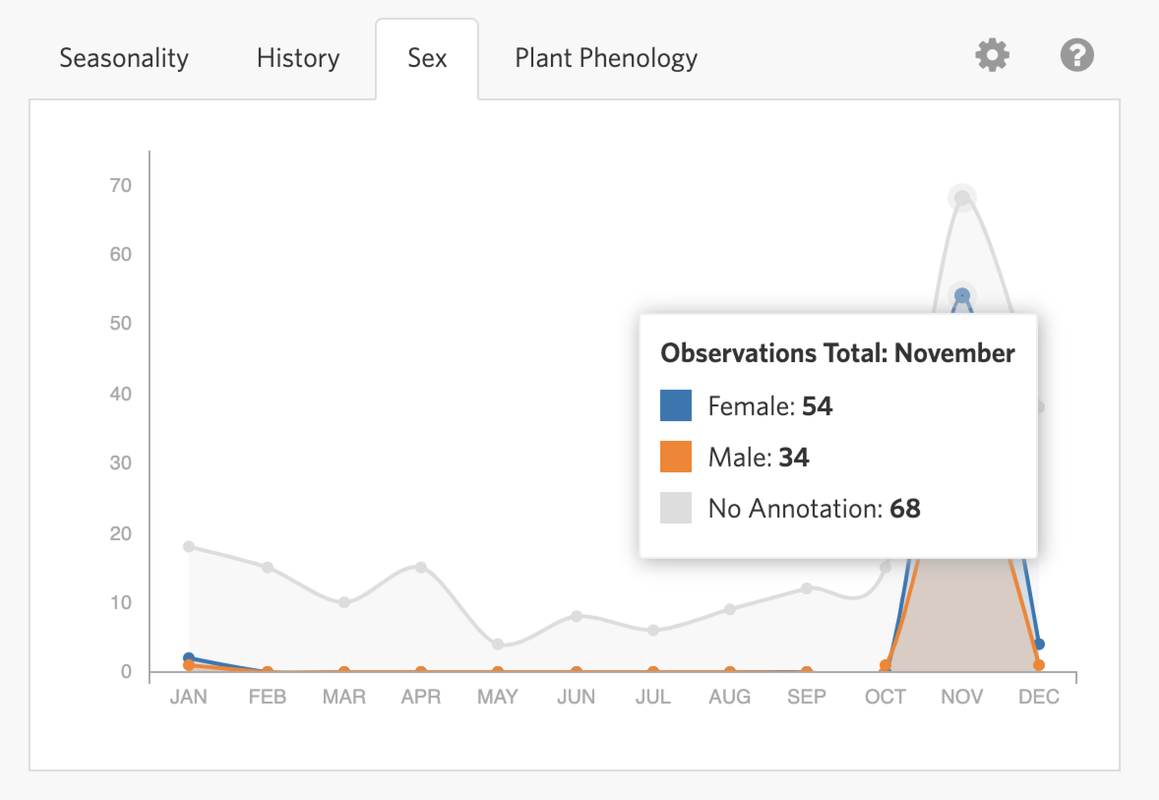November 2020 EcoQuest Results
The November EcoQuest was seeking desert broom (Baccharis sarothroides, with a focus on dense urban areas where data is lacking. As an added challenge, we were on the lookout for great purple hairstreak butterflies (Atlides halesus), who favor this plant.
Adding in the 105 observations made during this EcoQuest, there are now 318 observations of this plant in metro Phoenix. Way to go! Is there anything you notice about the location of the observations? Did you notice pollinators while making observations? More female or male plants?
By looking at the map, we can see that the majority of plants that have been observed tend to be near water or places that are close to areas with some natural features. Could this mean that heavy urbanization reduces desert broom populations? This could also support the necessity for natural areas to be woven into urban environments.

Although no observations were made of great purple hairstreak butterflies, there were sightings of bees and other pollinators. @kristen-c observed what looks like a ceraunus blue butterfly. (Hemiargus ceraunus). There were very few observations of great purple hairstreaks to begin with, but not seeing any this year could be due to a number of factors. Below is a summary from the McDowell Sonoran Conservancy's Parsons Field Institute butterfly count from this October.

Results by the numbers:
Totals:
105 observations by 22 observers
Most Observations:
@ecoexplorers with 28 and @donnawalkuski a very close second with 27
The graphs below also show the sex of plants that have been given an annotation.


We hope this EcoQuest helped you learn about this ecologically important native plant.
Thank you for your contributions, Neighborhood Naturalists!




Comentarios
Agregar un comentario